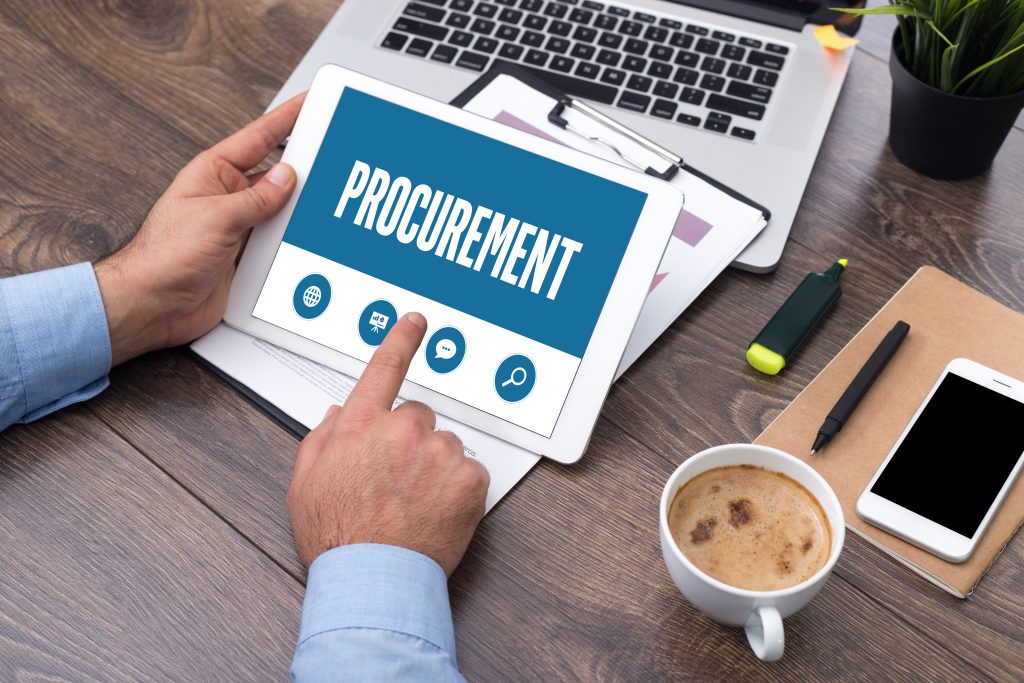
08 Jun Concept of the new Public Procurement Portal
Why is a new Public Procurement Portal being introduced?
The introduction of an electronic system for the implementation of public procurement provides greater efficiency, savings and transparency when concluding public supply, service and works contracts for the need contracting authorities and contracting entities. Also, the introduction of electronic means in public procurement enables standardization and automation of processes by the contracting authorities, but also encourages greater involvement of economic operators in public procurement procedures, which increases the competitiveness of the market and achieves greater value for money.
Generally speaking, the system of e-Procurement falls within the framework of e-Government services provided by the state, specifically in G2B (government-to-business) and G2C (government-to-citizens) aspects, and, given the number of participants, sensitivity and strategic importance, is one of the key electronic services of the state.
What is the model for the development and management of the new Portal?
The Republic of Serbia has chosen the following model of management with the entire e-Procurement solution:
- One central Public Procurement Portal at the level of the Republic of Serbia
- Instead of allowing users to access different services independently during the implementation of the public procurement procedures, the Portal will represent a central point of access for all E-Procurement services built on one platform for all participants in the process (the so-called One-stop-shop).
- The Portal is managed by the Public Procurement Office.
A multidisciplinary team of experts from different fields engaged by the Project Contractor will participate in the process of development and initial introduction of the Portal functions together with team members from the Public Procurement Office within the duration of the Project.
What are the basic characteristics of the new Public Procurement Portal?
Interoperability
The new Portal will be interoperable, which means that system design allows for the exchange of information between different services in a standard and proper manner. In the course of the entire development cycle and future upgrades of the Portal, it will present a bond with different services both at the state and EU level (examples of electronic services for which there is a possibility of integration are TED, E-Certis, E-Government Central Information / Time stamp).
Accessibility and easy to use
Since the Portal will be used by a large number of users, the Portal must be designed in a way that it is accessible, intuitive and easy to use by a wider pool of users. Within the duration of the Project, workshops will be organized in order to gather information about the experience and opinion on the system and to consolidate the collected inputs which will affect the further improvement of the portal’s user interface. Also, educational materials in electronic form will be prepared to facilitate the introduction of users with the functions of the Portal and accelerate the process of accepting an electronic solution for the conduct of public procurement.
System driven by legally prescribed procedures and processes
The user interface and the overall concept of the system will be based on the procedures for conducting public procurement procedures defined by the provisions of the Public Procurement Act and the secondary legislation. The course of some types of procedures will be embedded in the system so that the set of actions allowed to the user – the Contracting Authority, the tenderers and other users will be limited to those that are possible with regard to the current phase of the procedure. This approach reduces the likelihood of procedural mistakes and, allowing the user only specific action, facilitates the correct interpretation of the legal provisions.
Security and Data Protection
Since public procurement is an area of special sensibility, both because of public visibility and market competition, security is one of the basic features of a system that must ensure the full confidence in the reliability and security of the system for all the participants of the public procurement system which will be achieved through an intrinsic security design that includes defining architecture, ways of data preservation, data access policy, data encryption, and similar mechanisms. Security requirements, such as banning access to tenders before the expiry of the time limit for submission of tenders, providing access to submitted tenders only to designated authorized persons, or unambiguous determination of the exact time of submission of tenders, as well as other security aspects, will be incorporated into the system providing the maximum protection from unauthorized and security threats.
What are the functions of the new Portal?
- E-Registration [Register of CAs and Tenderers and Registry Management]
- Noticing & E-Access [Notices & Tender Documents]
- E-Submission [Electronic submission and opening of tenders / requests for participation]
- E-Communication [Electronic Communication within usage of the Portal in a wider sense]
- E-Planning [Process of Planning and Publication of Procurement Plans]
- Instruments for Awarding [Contract Award Instruments and Other Tools – Framework Agreement, Dynamic Purchasing Systems, Electronic Catalogue]
- E-Complaints [Electronic Review of Complaints and Case Solving Functions]
When will the functions be introduced?
Production of certain individual modules will be initiated within the Project duration so that all key problems, corrections and production support would be performed by the contractor during the introduction of Portal segments within the duration of the Project. For the electronic submission of tenders, the phase-in approach is introduced to the full obligation for all users, while for other modules it is intended to use the so-called “big-bang” approach (E-Registration, E-Noticing, E-Access, Searching, E-Planning) or their use will be optional (E-Complaints, DPS & Framework Agreements).








